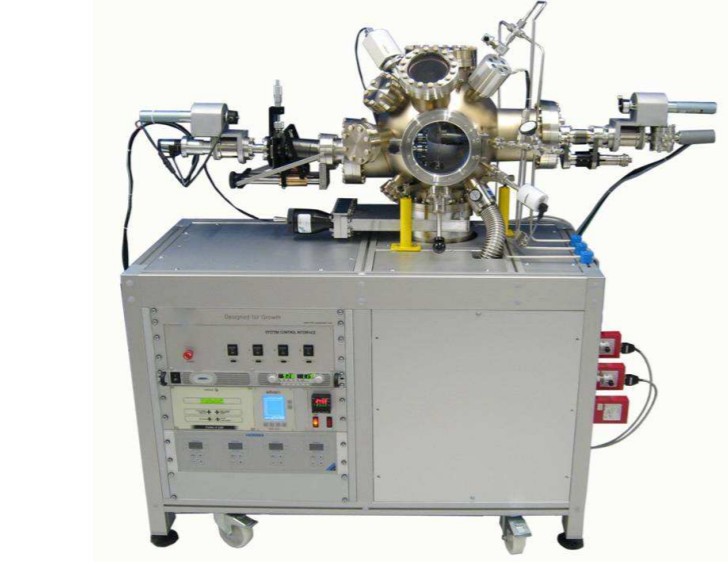Pulsed Laser Deposition (PLD) is a thin film deposition technique that uses high-power laser pulses to vaporize a target material and deposit it as a thin film on a substrate. The process involves focusing a laser beam onto a target material, which is usually a ceramic, metallic or polymeric material, in a vacuum chamber. The laser pulse generates a plasma plume, which expands and condenses onto a substrate, forming a thin film. PLD is a versatile technique that can deposit films with a wide range of thicknesses, from nanometer-scale to micrometer-scale, and can be used to deposit a wide range of materials, including oxides, metals, semiconductors, and polymers. PLD is widely used in materials science and engineering research for the fabrication of thin films, coatings, and nanostructures with unique properties and applications in areas such as electronics, optics, energy, and biomedicine.
Phone
+91-9310249352 / +91-8605504814
+91-9310249352 / +91-8605504814
Pulse Laser Deposition

